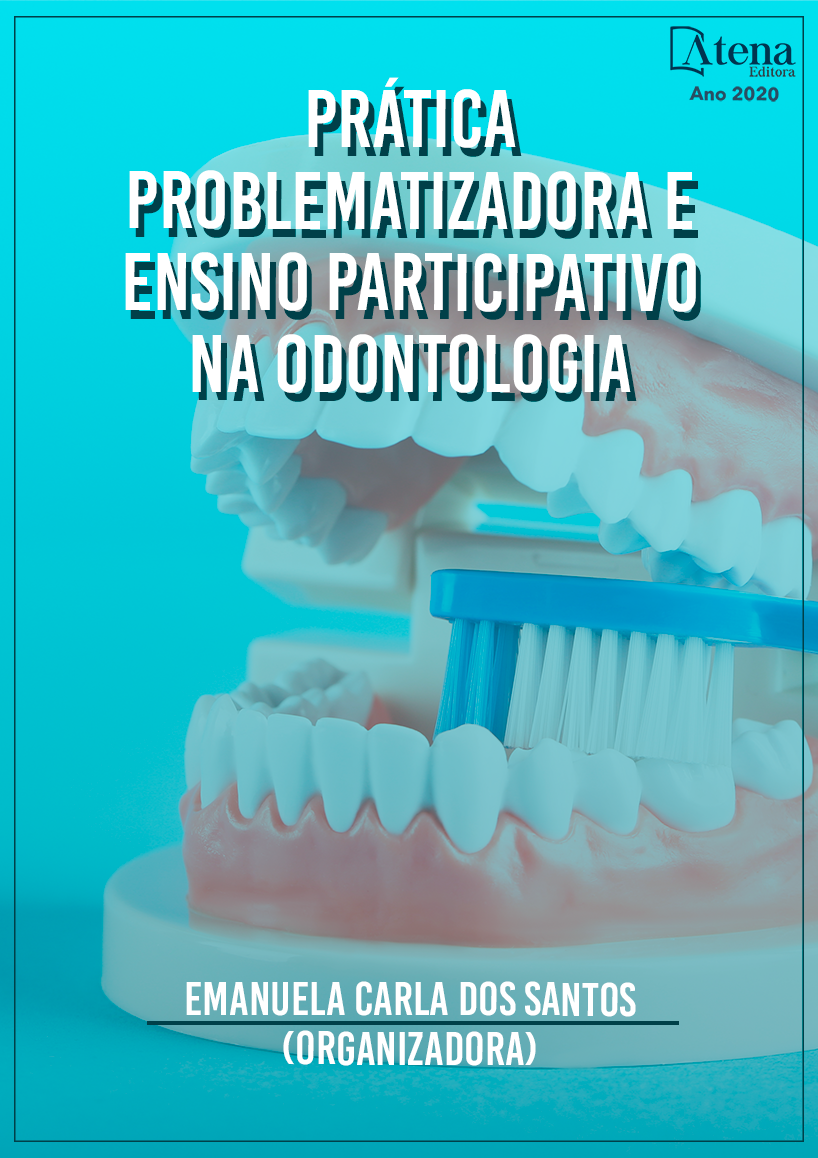
ATENDIMENTO ODONTOLÓGICO EM PACIENTE COM DOENÇA DE GAUCHER: RELATO DE CASO
A Doença de Gaucher é causada pela deficiência da enzima beta-glicocerebrosidase, que leva ao acúmulo de glicocerebrosídio nos macrófagos, principalmente no baço, fígado, medula óssea e pulmão, podendo também atingir o sistema nervoso. Devido à trombocitopenia e ao hiperesplenismo esses pacientes são propensos a hemorragias e a infecções no pós-operatório. O objetivo deste trabalho é relatar os procedimentos realizados pré e pós exodontia em uma paciente portadora de doença de Gaucher tipo I. Optou-se por seguir o protocolo descrito por Lisboa & Guedes, no qual antibióticos e antifibrinolíticos são prescritos no pré-operatório, como profilaxia, imediatamente após a exodontia, e depois, como medicação domiciliar. Nenhum episódio de sangramento ou infecção foi observado no pós-operatório e em quarenta dias a região apresentava completa cicatrização tecidual e neoformação óssea, confirmando a eficácia do tratamento.
ATENDIMENTO ODONTOLÓGICO EM PACIENTE COM DOENÇA DE GAUCHER: RELATO DE CASO
-
DOI: 10.22533/at.ed.9162015079
-
Palavras-chave: Cicatrização; Hemorragia; Saúde Bucal.
-
Keywords: Hemorrhage; Oral Health; Wound Healing
-
Abstract:
Gaucher disease is caused by a deficiency of the beta-enzyme glucocerebrosidase, which leads to the accumulation of glucocerebroside in macrophages, mainly in the spleen, liver, bone marrow and lung, and it can also reach the nervous system. Due to thrombocytopenia and hypersplenism, these patients are prone to hemorrhages and infections in the postoperative. The aim of this study is to report the procedures performed before and post tooth extraction in a patient with type I Gaucher disease. The chosen protocol was the one described by Lisboa & Guedes, in which antibiotics and antifibrinolytics are prescribed in the preoperative, such as prophylaxis, immediately after the tooth extraction, and then as home medication. No bleeding or infection episodes were observed in the postoperative period and in forty days the area showed a complete tissue healing and bone neoformation, corroborating the effectiveness of the treatment.
-
Número de páginas: 11
- Marcus Vinícius Silva Weigel Gomes
- Larissa Lima Gomes
- Gyulia Machado Lisboa Rabelo
- Lara Yohana Correia Gomes
- Ana Luiza Vasconcelos Lima
- Guacyra Machado Lisboa


